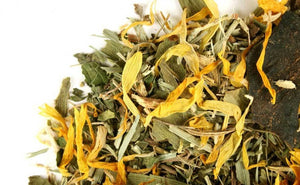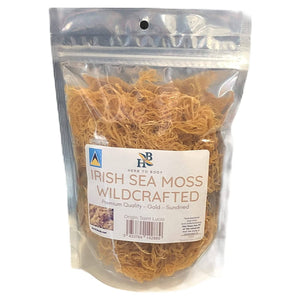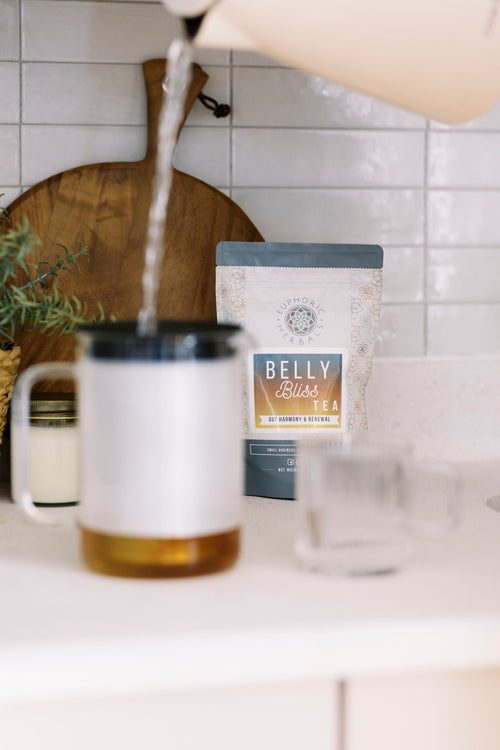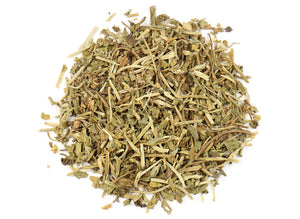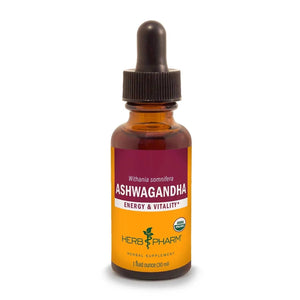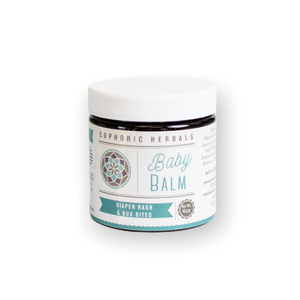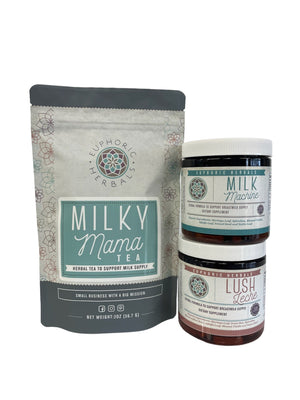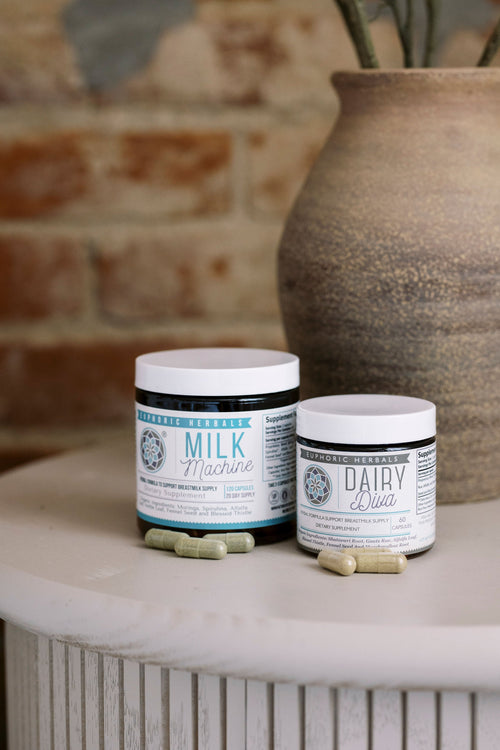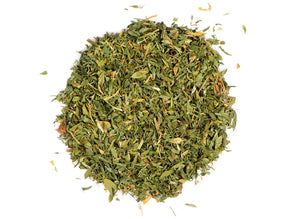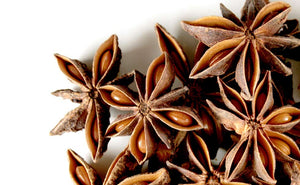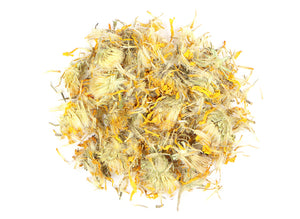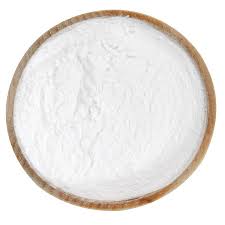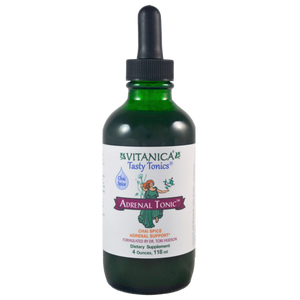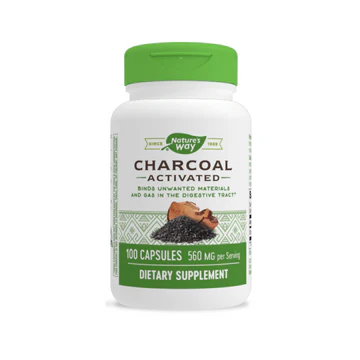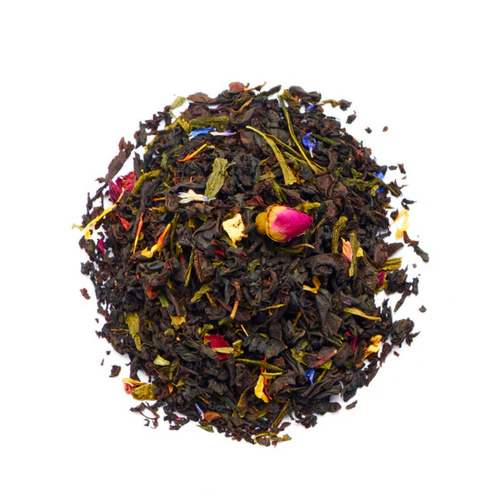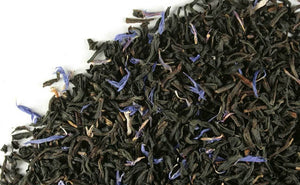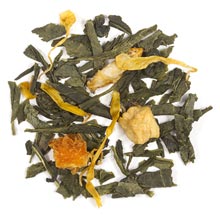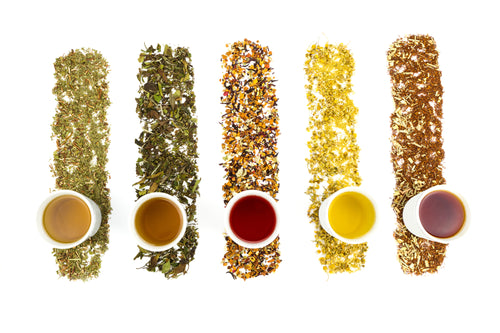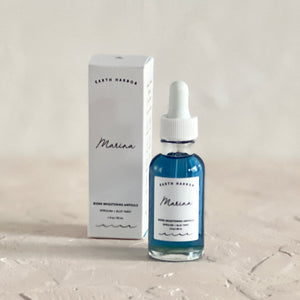Coltsfoot is a medicinal plant that has been used for at least 2000 years. It has a lot of fascinating folklore that has surrounded it for centuries as well as some very practical uses for the everyday herbalist.
Over the past few decades, coltsfoot has become somewhat of a controversial herb because of studies that have been published showing that it has the potential to cause liver damage. However, many herbalists believe it still has value when used the right way.
Here's more about the benefits of coltsfoot, precautions you need to know about, and how to decide for yourself whether you want to make use of this plant.
What is Coltsfoot?
Coltsfoot (Tussilago farfara) belongs to a long list of herbs that are often considered weeds. It can often be found growing happily in the wild in early spring when it pokes its head above the ground.
Often mistaken for dandelion, coltsfoot has bright yellow, dandelion-like blossoms and leaves that resemble a horse's foot in shape (hence the name 'coltsfoot'). The leaves are the part usually harvested for medicinal use, although the unopened buds and flowers can also be utilized.
Something that makes coltsfoot very unique is that it blooms before its leaves emerge from the ground. This has earned it the nickname Filius ante patrem (which translates to 'son before father') and makes it easy to tell it apart from dandelion if you keep an eye out for this specific characteristic.
Coltsfoot has seen a great amount of use in both western herbalism and traditional Chinese medicine. It has been used throughout the years for respiratory issues like coughs, asthma, and bronchitis as well as skin inflammation and issues. In fact, the Latin name Tussilago is derived from the words for 'cough' and 'depart'.
As far as folklore goes, coltsfoot was sometimes burned as part of magical rituals, including those to call for a loved one who had passed on. In England, the leaves were used at one point to tell the future by using a specific chant.
Top Benefits of Coltsfoot
Respiratory Help & Support

Throughout the years, coltsfoot has seen the most use as a respiratory herb. All parts of the plant contain a high amount of mucilage, which is a substance that is very soothing for inflamed tissues in the mouth, throat, and respiratory tract.
Along with soothing tissues on its way down, coltsfoot is also considered an expectorant, which means that it helps with productive coughing and expels mucus. It has been a very popular remedy for coughs, asthma, and bronchitis throughout the years and has shown an ability to calm chronic coughing in studies. (1)
For respiratory support, coltsfoot can be simmered in water to make a strong decoction (reduce the liquid by half) and taken with honey added- almost like a syrup.
Smokable Herb
For those who want to quit tobacco use, making use of smokable herbs is one way to help your body transition off of this addictive substance.
Coltsfoot is one example of an herb that can be smoked, and it used to be included in certain British herbal smoking blends. It can be smoked on its own or combined with other herbs like marshmallow root or mullein.
Just keep in mind that smoking anything long-term is harmful for your lungs, so don't overdo it- even if you are using herbs.
May Reduce Inflammation

A few lab studies have shown that coltsfoot may help reduce inflammation and certain inflammatory markers. This could explain why it has been used so often for respiratory conditions involving inflammation (like asthma) and inflammatory joint issues (like gout). (2)(3)
The studies mainly focused on tussilagone, one of the main active compounds in coltsfoot, but it's likely that other compounds also contribute to its anti-inflammatory effects.
Useful as a Skin Poultice
Along with providing respiratory help, calming certain skin issues is one of the biggest traditional benefits of coltsfoot.
Due to its anti-inflammatory nature and mucilage content, coltsfoot is able to soothe skin conditions like stings, bug bites, eczema, and general inflammation. Both the leaves and the flowers have been used for this purpose and are best when picked fresh. They can then be mashed into a poultice and applied to the irritated area of skin.
Culinary Merit
Just like dandelion, coltsfoot can be used in the kitchen for culinary purposes as well as for medicinal ones. The young leaves can be harvested for use as a green in salads or cooked. Leaves and flowers can both be battered and fried or used as a garnish.
In times past, both beer and wine were also made with coltsfoot, although this practice has mostly faded into obscurity.
Important Precautions with Coltsfoot

One of the reasons coltsfoot doesn't receive nearly as much attention as it used to is because it contains certain compounds known as pyrrolizidine alkaloids (PAs). Some research studies have shown that PAs can be toxic to the liver, potentially causing acute or chronic liver damage and possibly liver cancer.
The case of coltsfoot is very similar to that of comfrey, which is another herb that contains PAs and is mostly reserved for external use.
Unfortunately, it's difficult to tell whether coltsfoot is really "dangerous" or not. Most studies that have reviewed the effects of PAs have given unnaturally high doses to rats and mice. Besides being unethical, this is a very unrealistic lab-created scenario that does not mirror common human use at all.
Some herbalists also point out that when coltsfoot is made into a decoction by boiling it uncovered, most of the PAs are destroyed in the process.
At the end of the day, you have to decide for yourself whether you want to use coltsfoot or not- and don't hesitate to ask a qualified herbalist. If you do choose to try it, most herbalists recommend short-term use to be on the safe side.
However, coltsfoot should not be used during pregnancy or while breastfeeding under any circumstances, and you may also want to avoid it if you have a history of liver problems. Do not give to infants or small children.
Other Similar Herbs to Coltsfoot
If you do choose to avoid using coltsfoot, there are some other excellent herbal options that have similar benefits.
For respiratory support, it's hard to beat mullein, which is very soothing for irritated lung tissues and acts as an expectorant. Hyssop is also used frequently for coughs, cold, and congestion and can be prepared as a syrup or a tea.
For skin issues, you can make use of tried and tested herbs like calendula, plantain, comfrey, or lavender.
No matter what your choice is, be sure to listen to how your body responds to individual herbs until you find what works best!
Disclaimer: This post is for informational purposes only. It does not constitute medical advice and should not be substituted for medical advice. Please consult your health care provider, herbalist, midwife, or naturopathic physician before taking herbs, supplements, etc. Here's the link to our full disclaimer.






